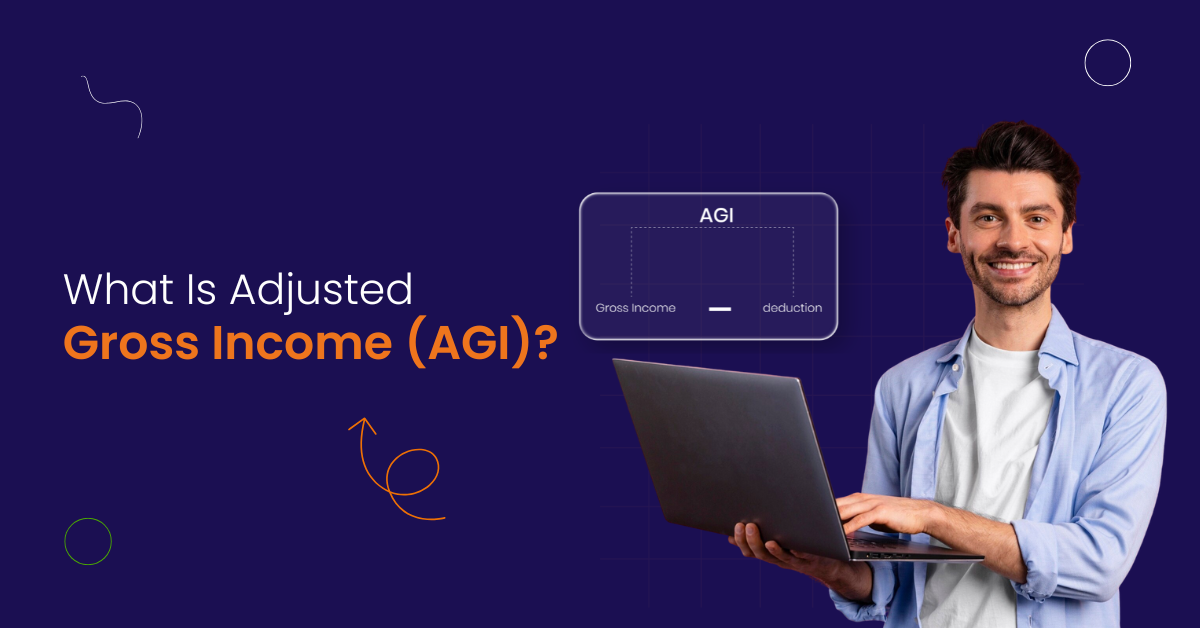Introduction to Workforce Management
A workforce management solution helps you reduce labour costs, streamline operations, and build a work culture that thrives on accountability and satisfaction.
Businesses don’t run on spreadsheets. They run on resources and managing those people in the right way, at the right time leads to proper workforce management (WFM). It’s the process of optimising every shift, every skill, and every second to maximise outcomes.
In this article, let’s explore workforce management in detail.
Workforce Management: What Does It Really Mean?
Planning, organising, and optimising the workforce to align with your company’s goals is termed Workforce Management. It ensures that every individual contributes effectively and efficiently in the business operations. Workforce Management involves:
- The right talent assigned to the right tasks
- Schedules that support both productivity and well-being
- Insights and data for smarter decisions
WFM Full Form:
In the business world, WFM full form stands for Workforce Management. For HR teams, ops managers, and business leaders, it always means the systems and processes that help with managing the workforce effectively.
Components of Workforce Management
Let’s understand it simply. Workforce management is all about getting the right people, in the right place, at the right time, planned, productive, and compliant. In practice, that means:
- Predicting staffing needs
- Managing time & attendance
- Automating shift planning
- Reducing labour costs
- Boosting productivity
WFM technologies turn these goals into real-time actions. They help companies create agile workforce strategies powered by data, not guesswork.
The Meaning of Workforce Management for Growing Companies
Whether you’re managing a call centre, a tech team, or a warehouse floor, workforce management keeps you lean, responsive, and efficient.
Here’s why WFM software is no longer a luxury: it’s a centre for business growth.
- Optimises labour spending: Only staff when needed
- Reduces leaves: Smart alerts, automated rules
- Improves scheduling: Match skill to shift, not just headcount
- Boosts engagement: Flexible timing, self-service tools
- Ensures compliance: Track every hour, avoid violations
And platforms like Bharat Payroll make it possible with an AI-powered, fully digital workforce management system, customised for India’s evolving workforce.
Managing the Workforce: It’s Not Just HR’s Job
When you think about managing the workforce, don’t limit it to timesheets or approvals. It’s a company-wide effort:
- HR ensures policies, compliance, and onboarding
- Operations aligns manpower with demand
- Team leads manage productivity, morale, and growth
- Finance tracks cost per hour, revenue per employee
With a centralised WFM solution, all these stakeholders get a unified view. That means better coordination, better decisions, and ultimately, better business.
Workforce Management Software: Built for Today’s Needs
What makes a workforce management program truly effective?
It goes beyond simple tracking. It includes:
- Automated scheduling & rota creation
- Attendance capture via biometric, app, or GPS
- Real-time performance dashboards
- Leave, shift swaps, and anomaly correction workflows
- AI-enabled suggestions for under/overstaffing
Bharat Payroll’s WFM software combines all this into a powerful, user-friendly platform designed for Indian businesses, from IT to manufacturing, retail to education.
It’s the backbone of a truly digital workforce management system, scalable, cloud-based, mobile-friendly, and always audit-ready.
Workforce Management Functions That Drive Results
1. Workforce Planning & Forecasting
- Plan for leaves, holidays, and seasonal spikes
- Allocate resources efficiently with minimal wastage
2. Performance & Productivity Management
- Set KPIs at the team and individual levels
- Review output vs hours, efficiency ratios
- Identify top performers and training needs
3. Attendance, Shift, and Leave Management
- Track in-out times, breaks, and anomalies
- Set rules for late check-ins, early exits
- Automate leave approvals and notify managers in real-time
4. Leaves Management
- Reduce unscheduled absenteeism
- Analyse leave trends
- Trigger backup plans via predictive tools
5. Compliance & Audit Readiness
Stay compliant with PF, ESI, Shops & Establishment laws
Maintain clear digital trails for every work hour logged
Enable multi-level approvals for sensitive exceptions
Employee Engagement: The Soul of Workforce Management
In any discussion about what workforce management is, you can’t ignore the human element. Employee engagement is not just a by-product; it’s a central outcome.
Engaged employees:
- Take ownership of tasks
- Communicate better with teams
- Stay longer and perform stronger
With Bharat Payroll’s workforce management tools, you can:
- Self-service portals for leave, shifts, and attendance
- Mobile clock-ins, anytime, anywhere
- Real-time feedback that builds trust
- Personal goals aligned with company success
Contingent Workforce Management: Agility at Scale
Managing contractors, freelancers, and temp staff across projects can be a logistical nightmare unless you have a digital workforce management system that:
- Tracks time and task output
- Separates wage rules and approvals
- Handles compliance (contractor hours, tax slabs)
- Evaluates performance on short-cycle projects
Bharat Payroll makes this seamless, providing clear dashboards and streamlined workflows for managing the workforce at all levels, permanent or contractual.
Centre Workforce Management
In high-volume environments like call centres or back-office hubs, every minute matters. Centre workforce management is about micro-optimisation, ensuring the right number of agents are staffed per shift, per queue, per skill set.
With Bharat Payroll’s WFM:
- Build shift matrices based on call volumes
- Use AI to suggest shift swaps and breaks
- Minimise idle time and maximise customer coverage
- Automate overtime triggers and payroll sync
It’s a smart way to turn every seat into a performance unit, without overburdening teams or losing control.
Benefits of Workforce Management
Whether you’re exploring what is a workforce manager or already running WFM systems, the benefits go far beyond admin convenience:
- Reduce labour costs with intelligent forecasting
- Increase productivity by matching skills to demand
- Ensure compliance with digital, traceable records
- Promote trust through transparency and autonomy
- Act fast with real-time, data-backed decisions
Bharat Payroll’s AI-driven WFM tools are built not just to track, but to transform.
WFM Careers & Workforce Management Roles
Thinking about building a career in workforce management? WFM isn’t just a software, it’s an emerging profession. Roles like Workforce Analysts, WFM Schedulers, and Workforce Managers are now critical in:
- ITES/BPO setups
- Retail chains
- Hospitals and healthcare
- Remote-first SaaS firms
- Logistics and last-mile delivery
WFM professionals forecast demand, manage costs, and uphold service standards. As WFM roles grow, smart tools are essential to stay efficient and competitive.
Flexible Scheduling: Smarter Shifts, Happier Teams
Rigid schedules are in the past. Today’s workforce wants balance, and flexible scheduling offers just that. Bharat Payroll helps managers:
- Offer preference-based shifts
- Avoid burnout with smart break allocations
- Handle swap requests digitally
- Support hybrid, remote, and on-premise models
All while staying compliant with company and legal regulations. Flexibility isn’t chaos; it’s strategic alignment when done through intelligent tools.
Best Practices for Managing the Workforce
Want to move beyond compliance to excellence? Start with these core principles:
- Forecast demand using historical trends and real-time data
- Schedule smartly by matching shifts with skills and preferences
- Track attendance anomalies like no-shows and long breaks
- Optimise labour costs by reducing idle time and manual errors
- Rely on data, not guesswork, for confident decisions
- Automate approvals for faster leave and OT management
These practices build operational resilience, and platforms like Bharat Payroll enable them at scale.
Workforce Management Tools by Bharat Payroll
We’re not just another HRMS tool. Our WFM technologies are engineered for:
- Real-time visibility
- Seamless payroll integration
- Smart notifications & escalations
- Biometric, mobile, and GPS-based access
- Industry-specific customisation
- Multi-location control
Whether it’s retail, manufacturing, healthcare, or education, our workforce management solutions are built for your industry, not just your HR team.
Mobile Workforce Management: Empowering the Field
Modern work is mobile. Whether it’s sales teams, field engineers, or delivery personnel, managing remote staff requires mobile-first tools.
Mobile workforce management allows you to:
- Track GPS-based attendance
- Log real-time check-ins from client sites
- Enable remote access to schedules and approvals
- Monitor hours, breaks, and productivity on the go
Bharat Payroll’s mobile app supports every layer of this, from auto clock-outs to manager alerts, ensuring remote teams are always connected, compliant, and performing.
Compliance & Workforce Health Monitoring
What’s the point of managing the workforce if you’re always at risk of non-compliance?
WFM tools from Bharat Payroll ensure:
- Labour law alignment (Shop Act, ESI, PF, etc.)
- Auto-escalations for break rule violations
- Shift timing validations with grace periods
- Audit-ready logs for each check-in/out instance
- Manager workflows for anomalies and absences
These aren’t just features, they’re your business insurance.
Final Thoughts
Workforce management involves optimising operations that build a resilient, productive, and satisfied workforce that drives your mission forward. From forecasting and scheduling to compliance and engagement, Workforce Management (WFM) touches every layer of operations and impacts both employee experience and business performance.
Empower HR, operations, and finance with one powerful WFM platform- Bharat Payroll
Frequently Asked Questions
1. What is workforce management (WFM)?
WFM is the structured process of planning, scheduling, tracking, and analysing workforce operations. It ensures that the right employees are in the right roles at the right times, improving performance, controlling costs, and maintaining compliance.
2. What is the full form of WFM?
WFM full form stands for Workforce Management. In chat or Facebook, it may casually mean “Works For Me”, but professionally, it refers to structured employee resource planning.
3. What is WFM in HR?
In HR, WFM refers to tools and processes used to schedule staff, monitor attendance, measure productivity, and handle leave/shift compliance.
4. What is a workforce manager?
A workforce manager is responsible for capacity planning, employee scheduling, and aligning staffing to business needs using tools and performance data.
5. What’s the meaning of workforce?
The workforce is the total group of employees engaged in work within an organisation. It includes permanent, temporary, contractual, and remote employees.
5. How does WFM software help businesses?
WFM tools automate scheduling, attendance, and shift compliance. They minimise errors, boost visibility, reduce admin costs, and support data-backed decision-making.
6. How does WFM improve employee engagement?
By providing real-time visibility, self-service, transparent scheduling, and performance insights, WFM helps employees feel empowered and valued.
7. What’s the importance of workforce management?
Workforce management is vital for balancing staffing levels, reducing costs, boosting morale, ensuring compliance, and enabling long-term strategic planning.
8. What’s the difference between WFM and HRMS?
HRMS focuses on employee records and lifecycle events. WFM specifically handles daily operations, like shifts, attendance, and task productivity.
9. Is WFM suitable for small businesses?
Absolutely. Bharat Payroll’s WFM tools scale from startups to enterprises, offering mobile and web access with flexible pricing.






